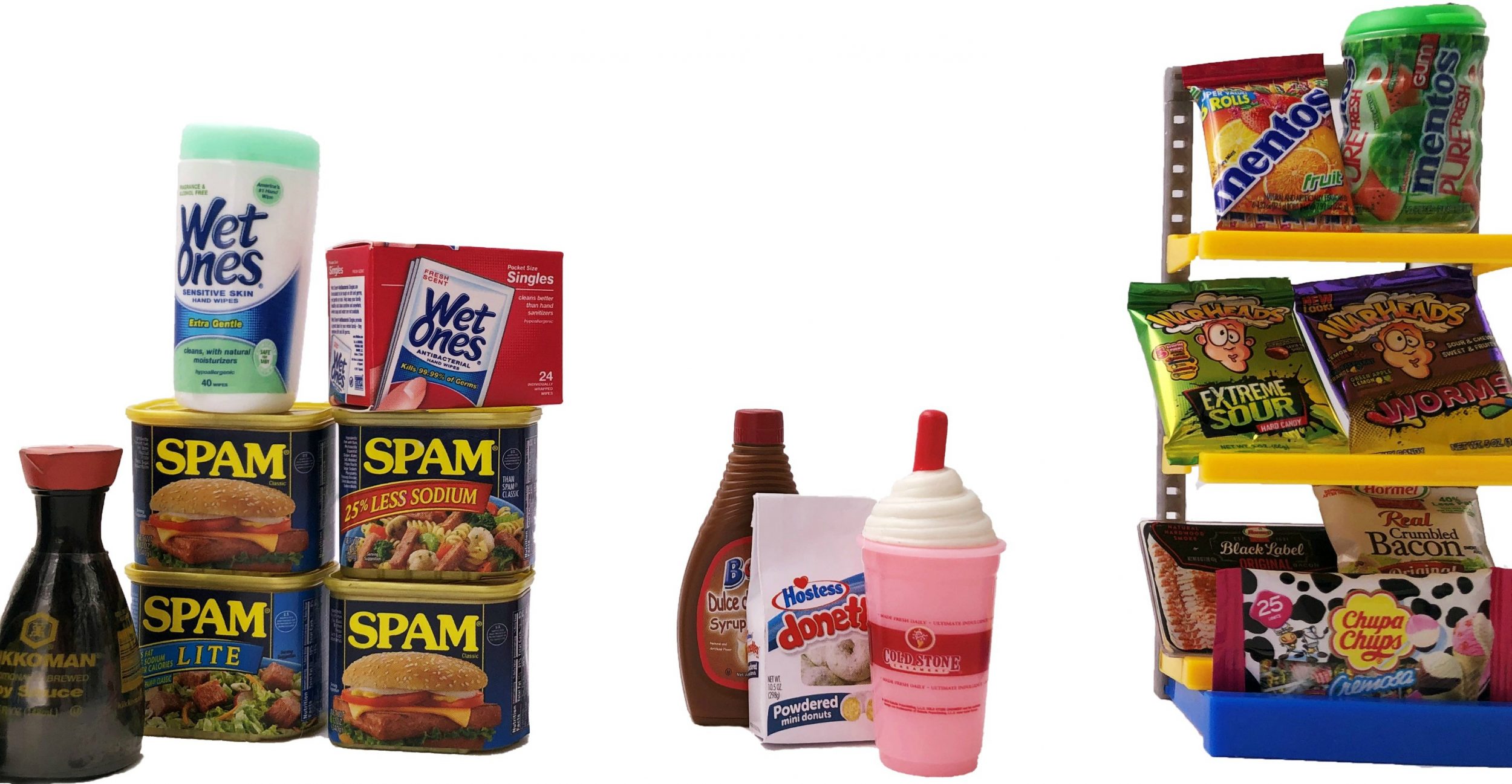
How the Mini-Brands Concept is Changing Brand Marketing
Mini-Brands
If you are or have a tween, teen or 20 something, you’ve undoubtedly heard of Mini Brands. It’s a trend that’s sweeping the nation right now. These softball size orbs are selling out in stores and have quickly gone from a $5 toy to $15 in some places virtually overnight. Thousands of videos were posted on TikTok and YouTube about this product. What were these? Being in marketing I usually wasn’t incredibly out of touch with trends, but I not heard of these Mini Brands until a few weeks ago when they had become so popular no store could seem to keep them in stock. This had to be marketing sorcery! Or was the TikTok craze hitting the next level.
TikTok
Let’s pause for a moment to briefly discuss TikTok. If you’re unaware of what it is, it’s a social platform that was originally embraced and adopted by GenZ. It features video loops with special effects and music overlays. The music overlays are popular songs or older songs made popular again via a tending hashtag. You don’t need a personal license to use the songs since artists use TikTok to feature their music. This platform has catapulted songs in a way that no one could have imagined. According to Sensor Tower, TikTok was the most downloaded app in 2019, In its short existence in the socialsphere, already has more average users per day than Twitter and it quickly gaining on SnapChat and Instagram. I could go on and on as to why marketers should be aware and using TikTok, but that’s for another day. The point here is that Mini Brands alone did not create the craze around it. Leveraging TikTok in the way they did is what made this “toy” nearly impossible to keep in stock.
What’s Inside?
So, let’s get to the next logical question… What is inside these Mini Brand toys? This is the answer that shocked me. With the average age demographic of the consumer being about 18, I was fully expecting to find mini versions of products they used. Well, if you assumed as I did, you’ll be astonished to hear what I discovered.
There were some fun ones like a mini bag of Hostess™ Donettes and Cold Stone Creamery Shake, and mini Mentos. Here’s the kicker… The majority of these tiny versions of their branded counterparts were not relatable to kids at all. Brands like Spam, Wet Ones, Gillette, Hormel, Vaseline and Kikkoman came out of these and are very popular. Kids don’t even know what Spam was but want to collect all three mini versions?! What was happening here. All the wheels in my head were turning as I wondered how this correlated to marketing in a usable way.
Brand Power
My first thought of brand power. For years now brand power has died out a bit to local buying and storytelling marketing. Buying that $10 bar of organically made soap from the lady selling it at the local market, with a personal story behind why and how it was made, rather than the $1 Dove bar of soap from the grocery store. This trend was making having your brand on something matter. This shouldn’t surprise me watching the fashion trends develop recently. Forever 21 was going under while brands like Gucci regained influence and power from none other than theses GenZers!
Brand Influence
The second thought was brand influence. I learned from the Washington Post that the toys, made by a company called Zuru and say, “The toy category has such huge potential to influence the household shopper that consumer brands are becoming increasingly open to brand partnerships,” the company wrote in an emailed statement. “Partnering with a toy brand allows consumer brands to access the household shopper through the most influential channel of all — their children!” These companies are not only beginning their marketing to the next generation but re-introducing their brands to the household as fun and “young” being part of a brand influence trend.
What’s Next?
These brands are re-writing the story. They are taking back their relevance not with storytelling marketing but with an age-old concept of targeting kids with brand influence. Parents today can spend even more due to dual incomes, smaller family sizes and waiting to have children till later in life. The new concept here is digital marketing to kids, tweens and teens. This means the devices like tablets and phones they are utilizing daily. Statista.com hypothesizes that kids digital spending (exclusively digital) is forecasted to increase exponentially by 2021. With GenZ watching less television and turning more to YouTube for entertainment, digital is the space your business should turning the bulk of its efforts.
Does this mean storytelling marketing is over? Not entirely. There is still a demographic that it reaches, and, in a way, the videos kids are watching on YouTube and TikTok are a type of story. These brands shared in a concept that, in its uniqueness, let the YouTube and TikTok users tell a story for them through brand influence. In no way am I a Mark Schaffer like marketing expert. I’m not going to tell you that this is the new trend and to “Honey I Shrunk the Kids” your entire inventory to stay in the game. However, I do think this Mini Brand craze is speaks to the digital power of brand influence and something that may not even be fully tapped yet. That is yet to see. If statistics could speak, though, I believe they would be hearkening us to pay attention to what just happened here and think about how it applies to our own marketing and business strategies.
For more information on any of our products, call us at 815-885-4747 or contact us HERE. Interact and stay up-to-date with our latest projects & the newest technologies in the print and promo industry, follow us on social media:
